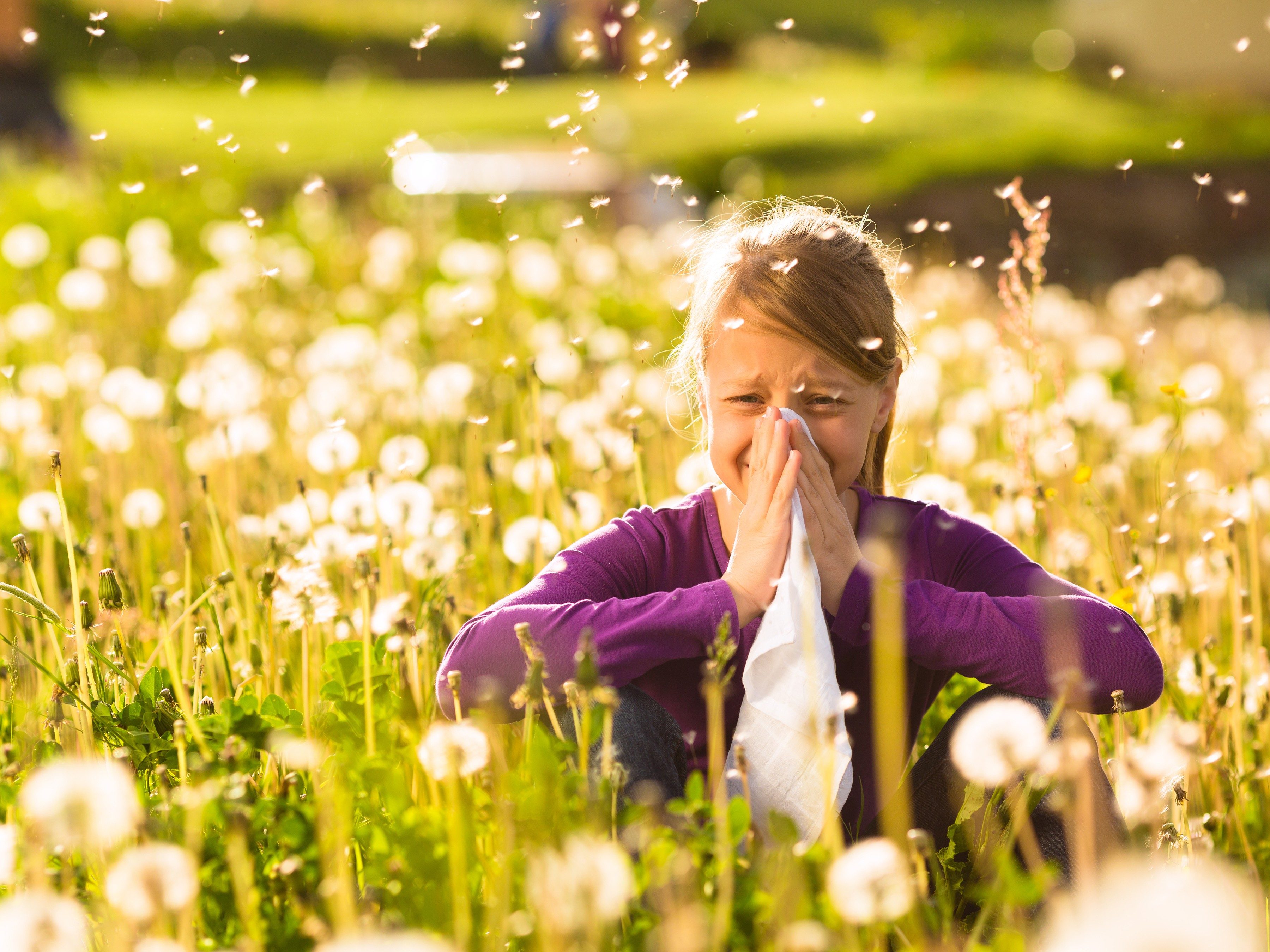
Easy relief from hay fever symptoms
The sneezing, sniffling, and itchy eyes of hay fever (also known as allergic rhinitis) are plenty annoying. They can lead to poor sleep, fatigue and an overall sense of feeling just plain lousy. Allergies can even trigger sinusitis or an asthma attack. And chronic allergies cause inflammation in the body, which is simply bad for your health.
Try these methods at the first sign of an hay fever symptoms. If you have frequent attacks, keep reading for ways to keep a handle on chronic allergies-they, too, can be controlled.
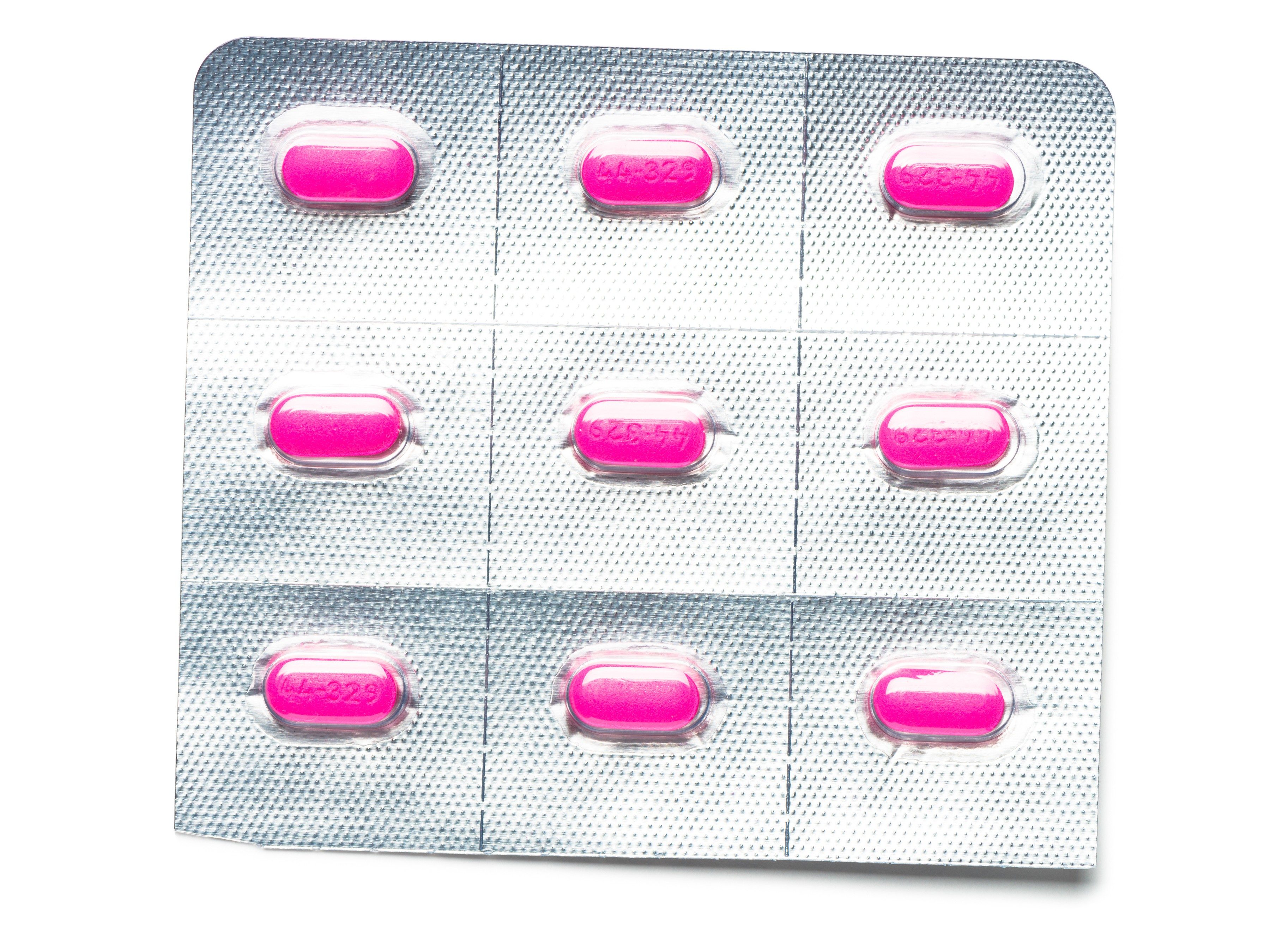
1. Antihistamines
Fight hay fever by taking an over-the-counter antihistamine once every 12 hours. Antihistamines do what their name implies: they neutralize histamines. Some, such as Claritin, last longer and are less likely to cause drowsiness than others, such as Benadryl.
Don’t use antihistamines if you have glaucoma, problems urinating or benign prostatic hyperplasia (BPH). If the regular over-the-counter dose is too much for you, or the side effects bother you, consider using children’s allergy medicine.
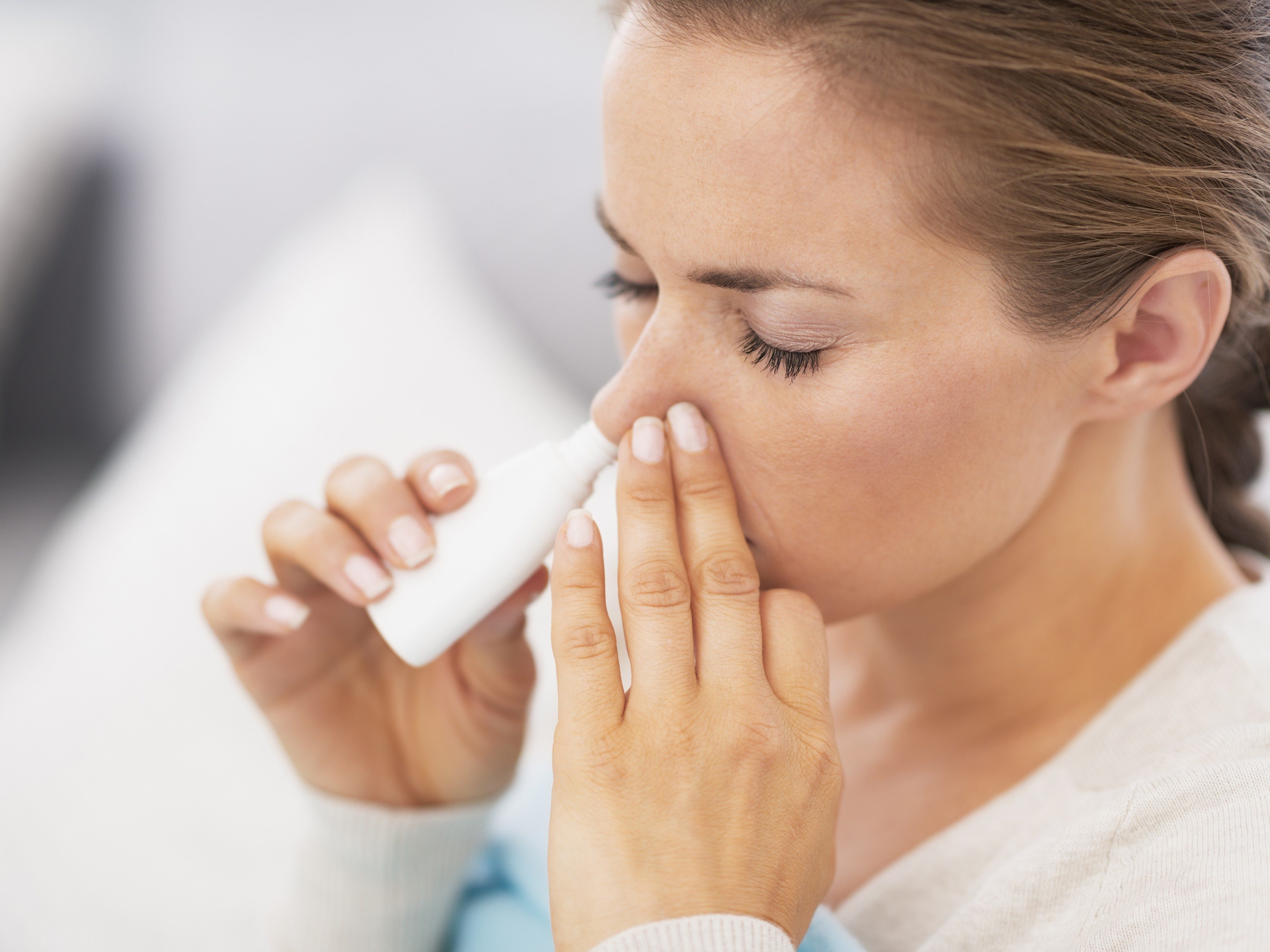
2. Over-the-counter sprays
Use an over-the-counter saline solution spray to help alleviate hay fever symptoms. Rinse into your nose to get rid of allergens and thin the mucus. For a home remedy that does the job just as well, you can mix your own solution using 4 ounces (125 millilitres) of water and 1/8 teaspoon (0.5 milligrams) salt. To get it into your nose, use an ear bulb syringe (like the kind used to clean out a baby’s nose), a neti pot (which are available in health food stores) or a waterpick (which you’ll need a nasal adapter for). Run the waterpick on its lowest setting.
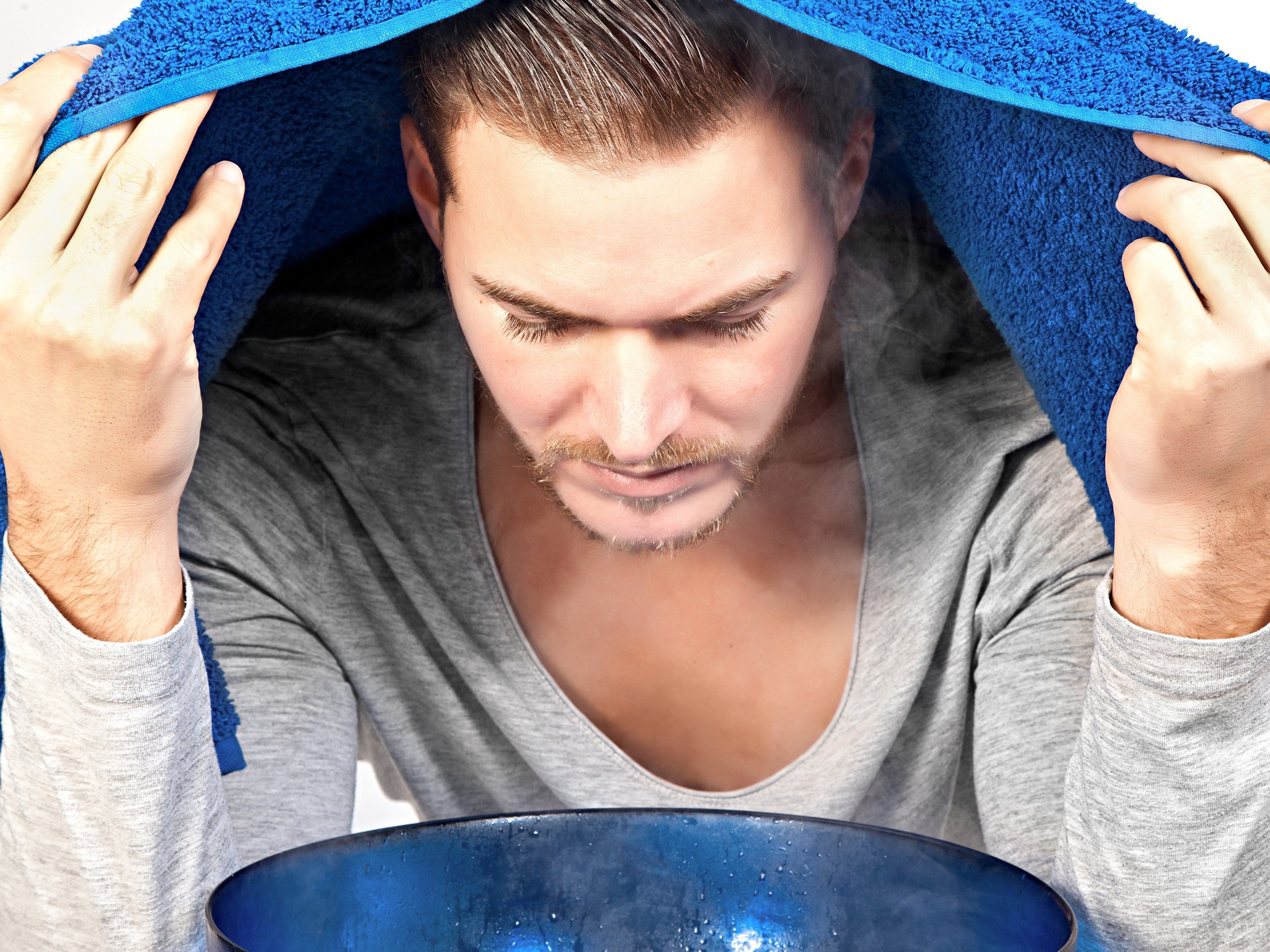
3. Steam treatment
If your sinuses are still clogged, boil a pot of water, remove from heat, place on a heat-safe surface and add 10 drops of eucalyptus oil. (If you don’t have any eucalyptus oil, use peppermint oil.) Then lean over the pot with a towel over your head to keep in the steam. Breathe deeply through your nose (if you can) until the water cools.
Eucalyptus and peppermint oil contain menthol (the same stuff you find in Vicks VapoRub). When inhaled through steam, it helps open the nasal passages and bronchial tubes, improving breathing and relieving congestion.
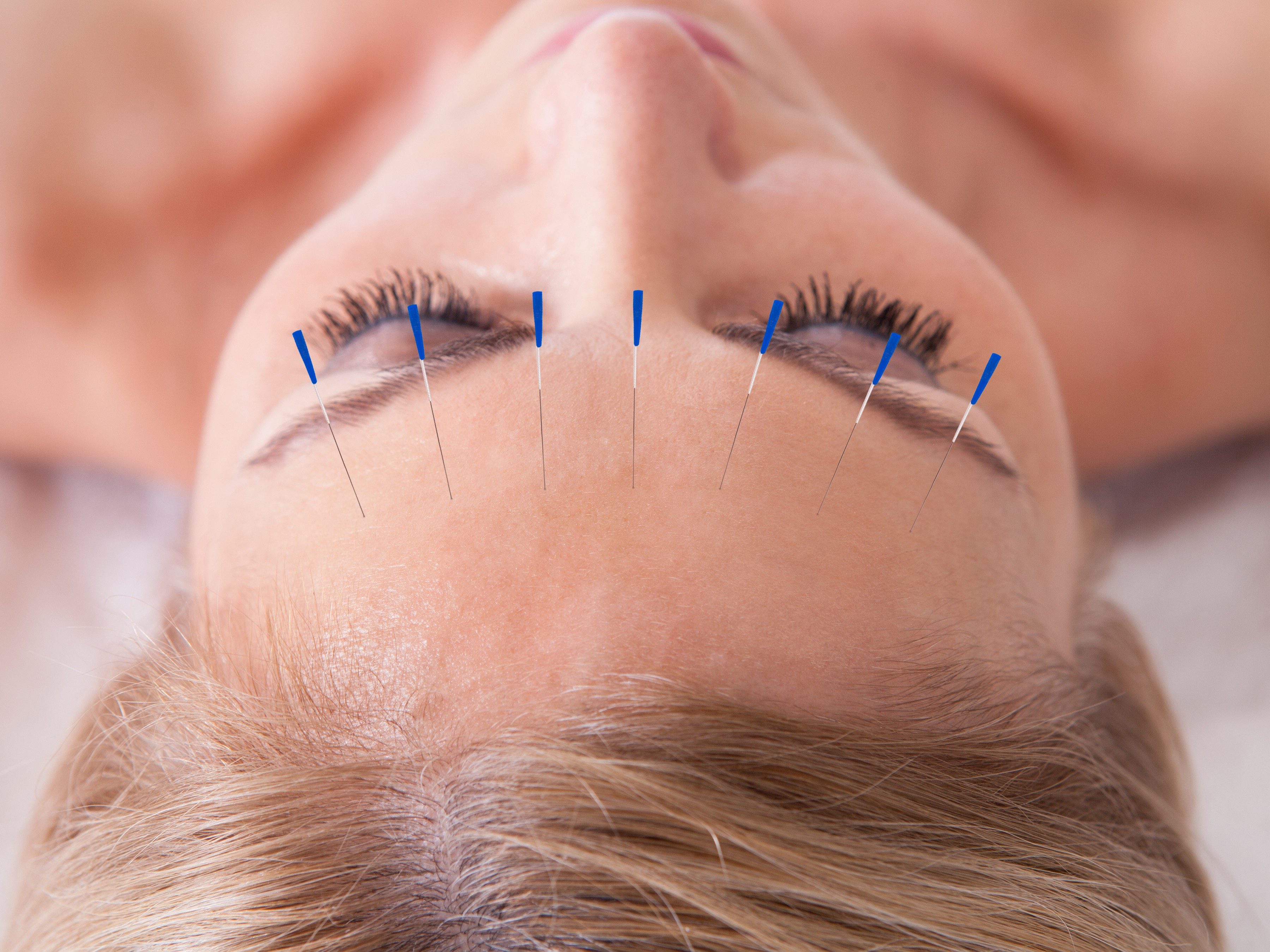
4. Acupuncture
There’s some evidence that acupuncture can damp down allergic reactions. Several studies comparing acupuncture to a sham technique in adults and children showed good results in easing symptoms of seasonal allergies.
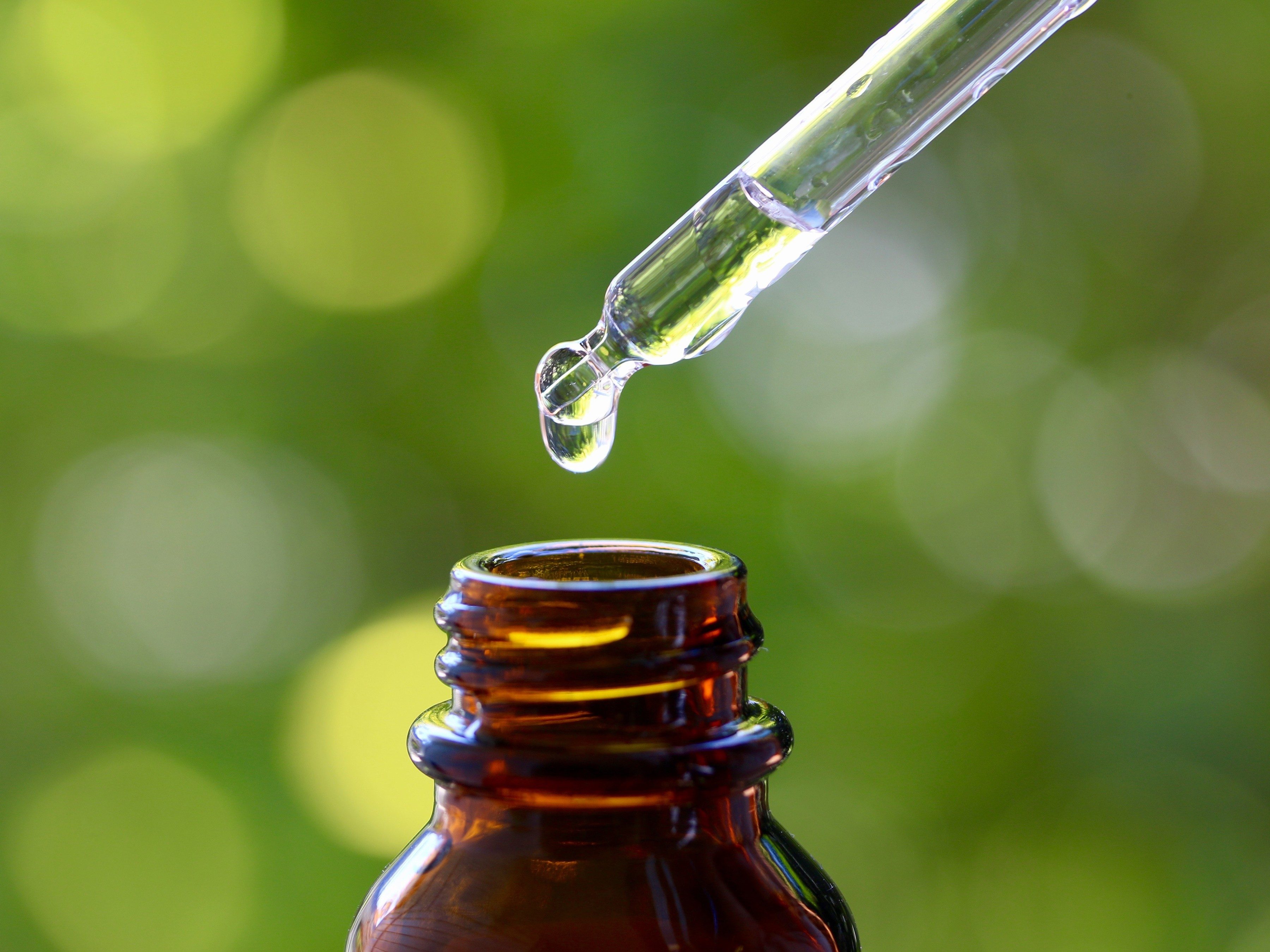
5. Homeopathy
To get the best results from homeopathy, you’ll need to see a naturopath, who will prescribe the remedy that’s right for you. If you don’t want to visit a naturopath, you can look for an over-the-counter homeopathic allergy medicine such as Boiron Sabadil, available in health food and drug stores.
In a well-designed study of 51 patients, a homeopathic remedy chosen based on the patient’s specific allergy reduced symptoms 28 per cent compared to a 3 per cent reduction in the placebo group.
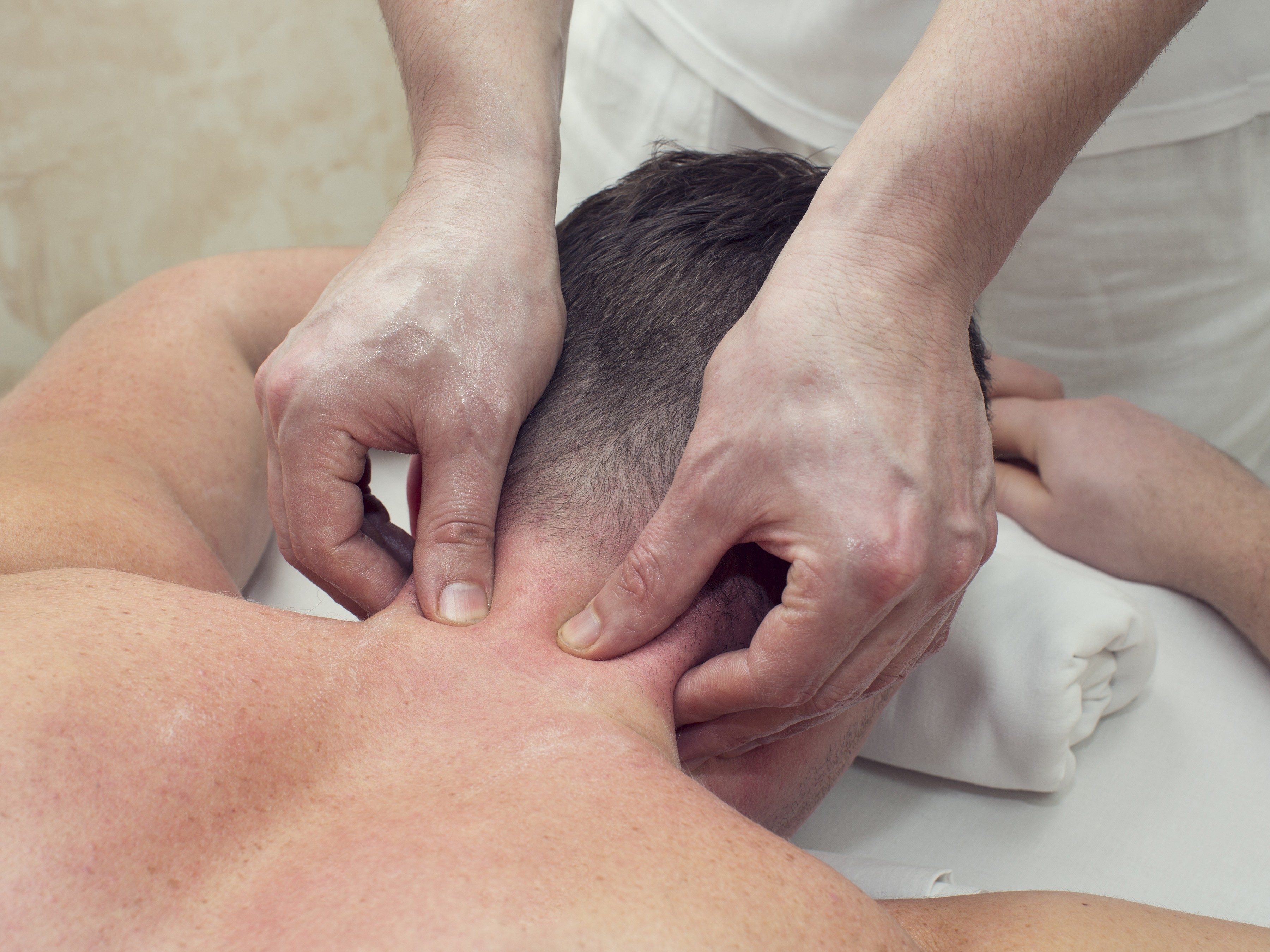
6. Massage therapy
When you inhale pollen or something else that you’re allergic to, huge numbers of immune cells are released in response to the allergen. The process eventually leaves a collection of dead cells and cellular debris in its wake. This “garbage” needs to be cleared through the body’s lymph system. Lymphatic drainage massage is said to help to drain the lymph system by boosting the flow of lymph (an almost-clear liquid) through the body.
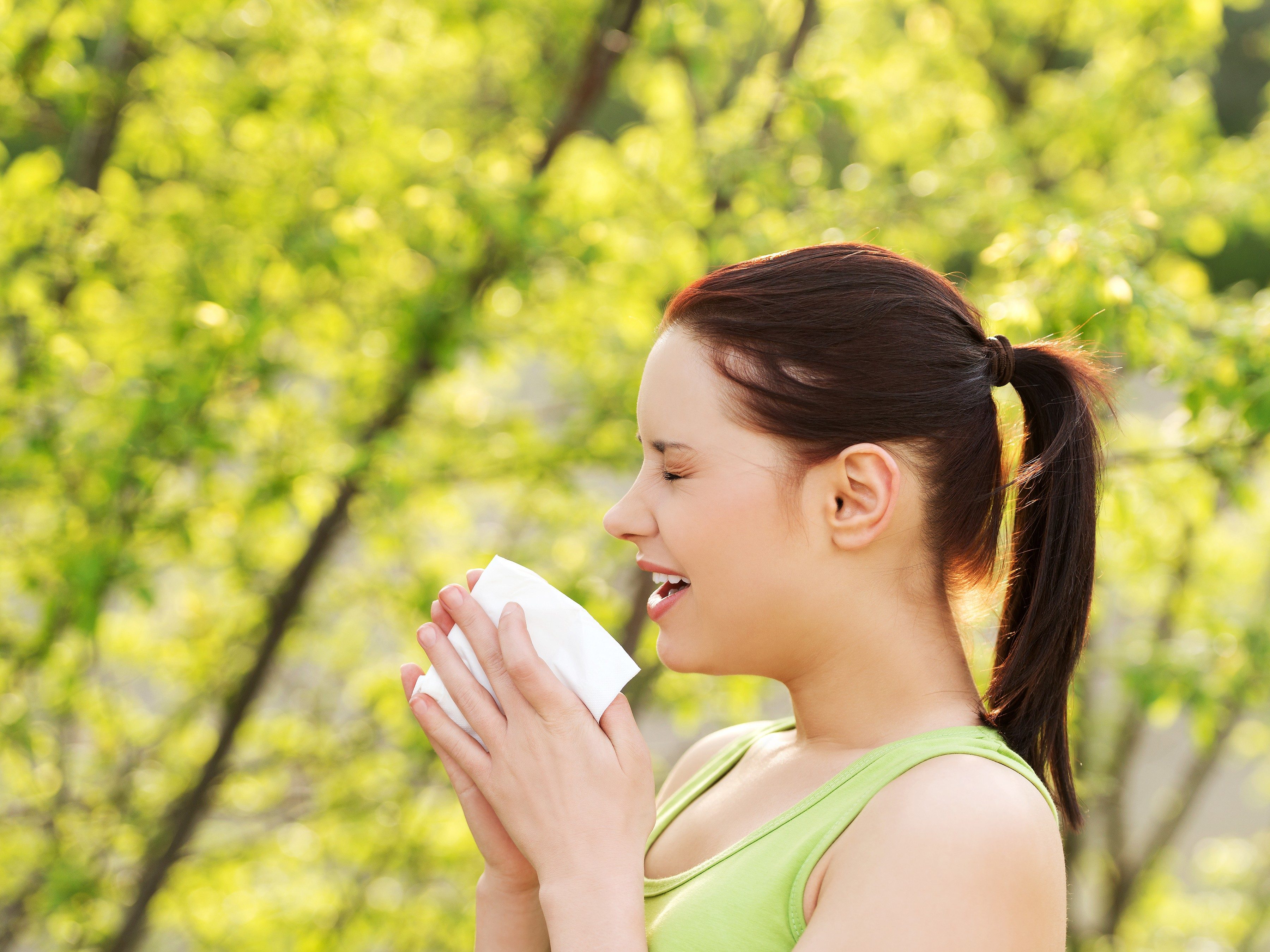
7. Postural drainage
With this technique, you use warm, moist heat to drain your sinuses. Wet a washcloth under hot water, squeeze out the excess water and then lie flat on your back with the washcloth over your sinus areas for 10 to 15 minutes.
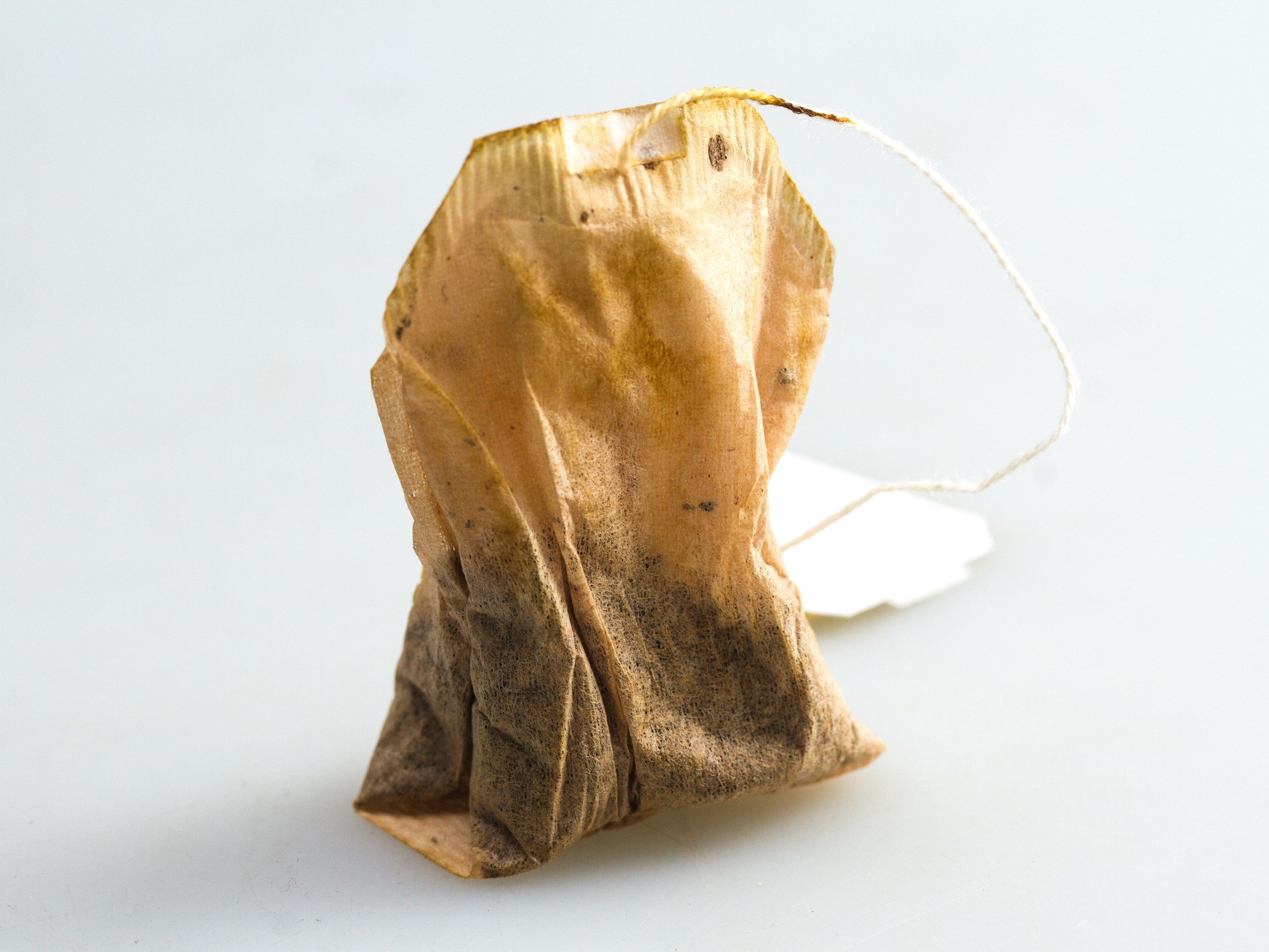
8. Black tea bags
To soothe swollen, itchy eyes, moisten 2 black tea bags with cool or cold water. Squeeze out the excess water, close your eyes and place a tea bag over each eye. Lie quietly for a few minutes and allow the astringent tannins in the tea and the cool water to work.
Related features:
4 Natural Home Remedies for Allergy Symptoms
How to Get Rid of Hiccups Fast
8 Home Remedies for a Sore Throat